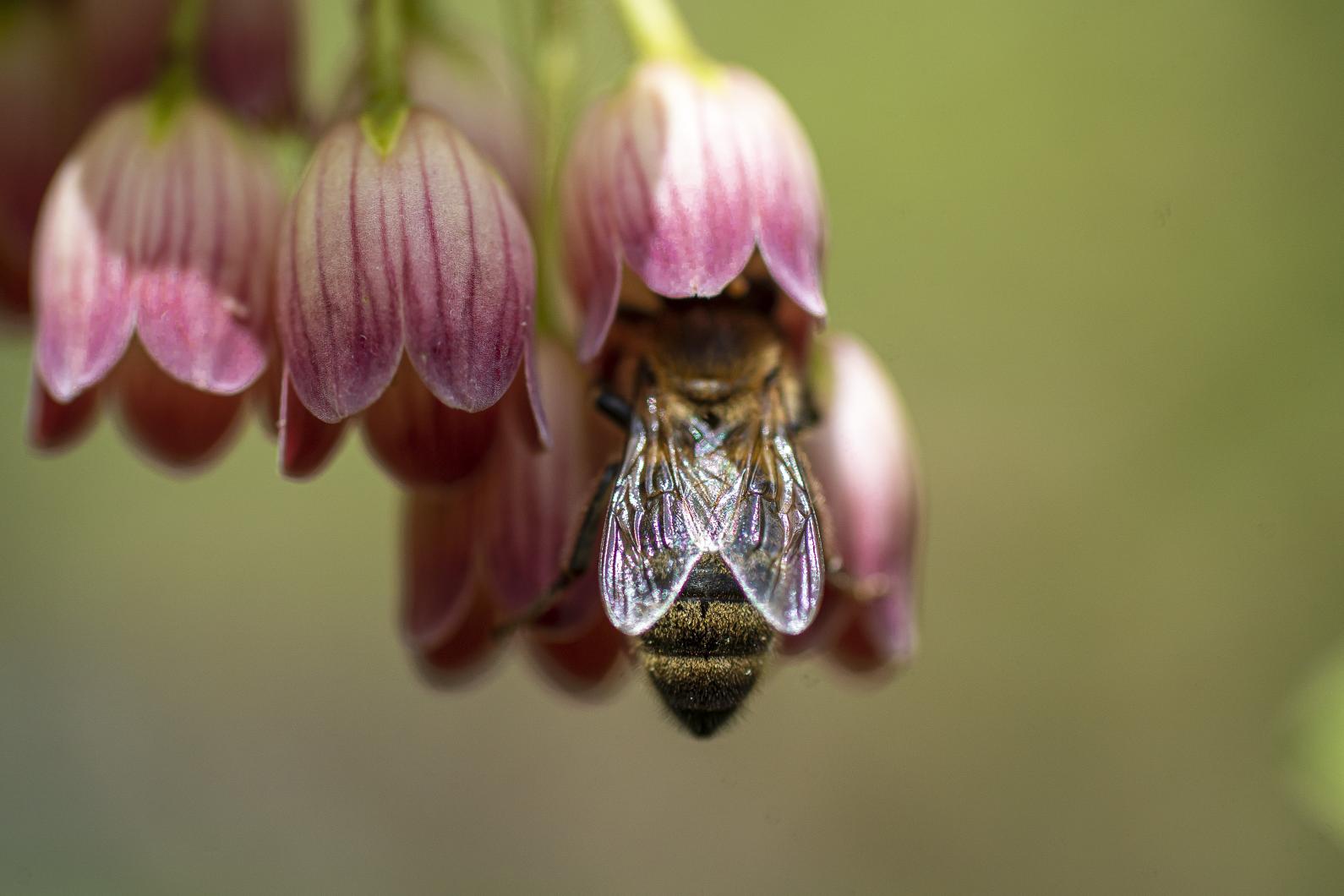This one really stung.
The death of entomologist Dr. Justin Schmidt in Arizona last week was a loss to many. Those of us who are intrigued by insects that sting, perturbed by the pain they can cause, and amused by his poetic portrayals of pain, lost an icon.
Dr. Schmidt, known as the king of sting, spent a lifetime studying venomous insects. His claim to fame — or maybe more accurately, claim to pain — was a scale of stings to describe the discomfort that results from being on the business end of an insect’s stinger.
This scale was called the Schmidt Pain Index and developed though firsthand experience. Dr. Schmidt intentionally allowed himself to be stung more than 1,000 times and catalogued in very colorful language the intensity of the pain on a scale of one to four, with the latter being the worst to bear.
With daylight saving time behind us, and the first day of spring coming on March 20, it is time to begin to see and, for some, avoid stinging insects. First to appear will be the bumble bees, as the queen will emerge to set up her colony later this month.
Bumble bees are generally the gentle giants of the bee world and don’t usually sting. They can when needed, though, and Dr. Schmidt put their pinch as a number two sting.
Also in that second category are honey bee, bald-faced hornet and yellowjacket stings. “Hot and smokey, almost irreverent” and reminiscent of “W.C. Fields extinguishing a cigar on your tongue” was how he described the effects of a yellowjacket sting.
If that sounds disturbing, and if you must be stung, hope it is a species rated in the first category of discomfort. Smaller bees, such as sweat and digger bees, are a one-rated sting.
It is clear that Dr. Schmidt had a romance with his subjects, as he declared that digger bee stings are “almost pleasant,” like “a lover bit your earlobe a little too hard.” Sweat bee stings seemed delicious, as he called them “light, ephemeral, and almost fruity.” Though I doubt like a fine wine, even if you utter a fine whine after getting pricked.
Level three stingers include some wasps and ants. While we think of red ants as a southern species, they have been found in Massachusetts. The pain of a level three sting was compared to “eight unrelenting hours of drilling into that ingrown toenail.”
Islanders are safe from level four stinging insects, since none of the few in this category are present in Massachusetts at this time. I would be remiss, though, not to share Dr. Schmidt’s colorful description of his experience being stung by an insect in this category. He noted “pure, intense brilliant pain, like walking over flaming charcoal with a three-inch nail embedding in your heel.”
While most of us intentionally avoid stings, Dr. Schmidt was not alone in seeking them out. Practitioners of apitherapy pursue the power of bee stings, believing that the venom can be useful for reducing allergic responses and treating inflammation and could have benefits against Parkinson’s, Alzheimer’s and ALS.
Stings for science and health may not be as strange as it sounds. As thankful as many of us are for the coming spring, we should also appreciate the dedicated research of people such as Dr. Schmidt. Explaining his passion, he shared that “some people think me crazy, but I am no masochist, and only occasionally am stung on purpose. When it does happen, I initially react as anyone else would – cursing, more than I should admit. Then I get out my notebook and stopwatch, sit down and make notes.”
Makes a lot of sense. Crooner Paul Simon once wrote lyrics singing of “the sting of reason.” Dr. Schmidt studied the reason of stings, and did it for the love of the science.
Suzan Bellincampi is Islands director for Felix Neck Wildlife Sanctuary in Edgartown and the Nantucket Wildlife Sanctuaries. She is also the author of Martha’s Vineyard: A Field Guide to Island Nature and The Nature of Martha’s Vineyard.




Comments
Comment policy »